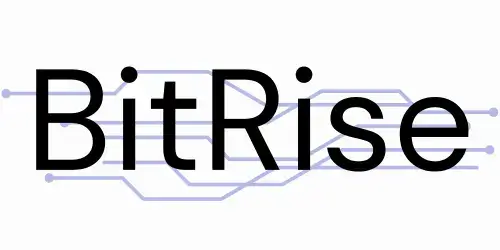In an age of ubiquitous digital interfaces, the quest to improve the interaction between humans and computers has led to significant technological strides. A central area of focus is the automation of mundane and repetitive tasks that require unyielding human supervision, aiming for a future where computers can execute complex instructions with limited human input. This journey toward automation heralds a promising avenue for enhancing productivity and accessibility, especially for those who may lack extensive technical ability.
The challenge is the pervasive manual nature of computer-based tasks. Despite technological leaps, a vast range of activities on digital platforms still require the direct involvement of users. This difficult situation is a barrier to efficiency and a deterrent for people with limited technical skills. Search automation, until now, has largely focused on web automation through scripts that interact with web elements. However, these methods often need to be revised when navigating desktop applications or integrating tasks into different software ecosystems. Reliance on text commands further complicates interactions by overlooking the integral role of visual cues in guiding users through digital environments.
Researchers from Carnegie Mellon University and Writer.com have unveiled OmniACT, a cutting-edge dataset and benchmark designed to revolutionize computer task automation. OmniACT distinguishes itself by making it easy to create executable scripts capable of performing a wide range of functions, ranging from simple commands such as playing a song to more complex functions such as composing detailed emails. What sets OmniACT apart is its ability to merge visual and textual data, thereby greatly expanding an agent’s ability to understand and interact with both web and desktop applications.
The methodology behind OmniACT is both innovative and comprehensive. It leverages a multimodal approach that combines user interface screenshots with natural language task descriptions, enabling the system to generate accurate action scenarios. This multimodal input is critical to understanding the context and nuances of various tasks, allowing the system to navigate and execute commands in various applications with unprecedented precision.
Evaluation of OmniACT’s performance against a set of advanced language models and multimodal agents revealed enlightening insights. Despite encouraging results, a gap remains between the capabilities of autonomous agents and human effectiveness. The most capable model, GPT-4, managed to reflect only 15% of human efficiency in generating executable scripts. This difference highlights the complexity of automating computer tasks and highlights the limitations of existing models in fully understanding and responding to the complexities involved.
Exploration in OmniACT illuminates the current state of autonomous agents and charts a path for future innovations. The search for more sophisticated multimodal models is imperative to harness the full potential of computers to understand and execute tasks from natural language instructions. Such developments could significantly advance the field of human-computer interaction, making digital platforms more accessible and efficient.
In conclusion, this foray into automating computer tasks through OmniACT embodies a pivotal moment in the ongoing evolution of human-computer interaction. It highlights the enormous potential and limitations of autonomous agents, offering a glimpse into a future where the lines between human intent and computer execution are increasingly blurred. As research in this area progresses, the dream of fully autonomous digital assistants capable of navigating the complex web of computer tasks with minimal human input edges closer to reality, promising a new era of efficiency and accessibility in the digital domain.
check it Paper. All credit for this research goes to the researchers of this project. Also, don’t forget to follow us Twitter and Google news. Participation Our 38k+ ML SubReddit, 41k+ Facebook Community, Discord Channeland LinkedIn Groops.
If you like our work, you will love our work newsletter..
Don’t forget to join us Telegram channel
You might also like ours FREE AI Courses….
![]()
Sana Hassan, an intern consultant at Marktechpost and a graduate student at IIT Madras, is passionate about applying technology and artificial intelligence to address real-world challenges. With a strong interest in solving practical problems, he brings a fresh perspective to the intersection of artificial intelligence and real-world solutions.





0 Comments